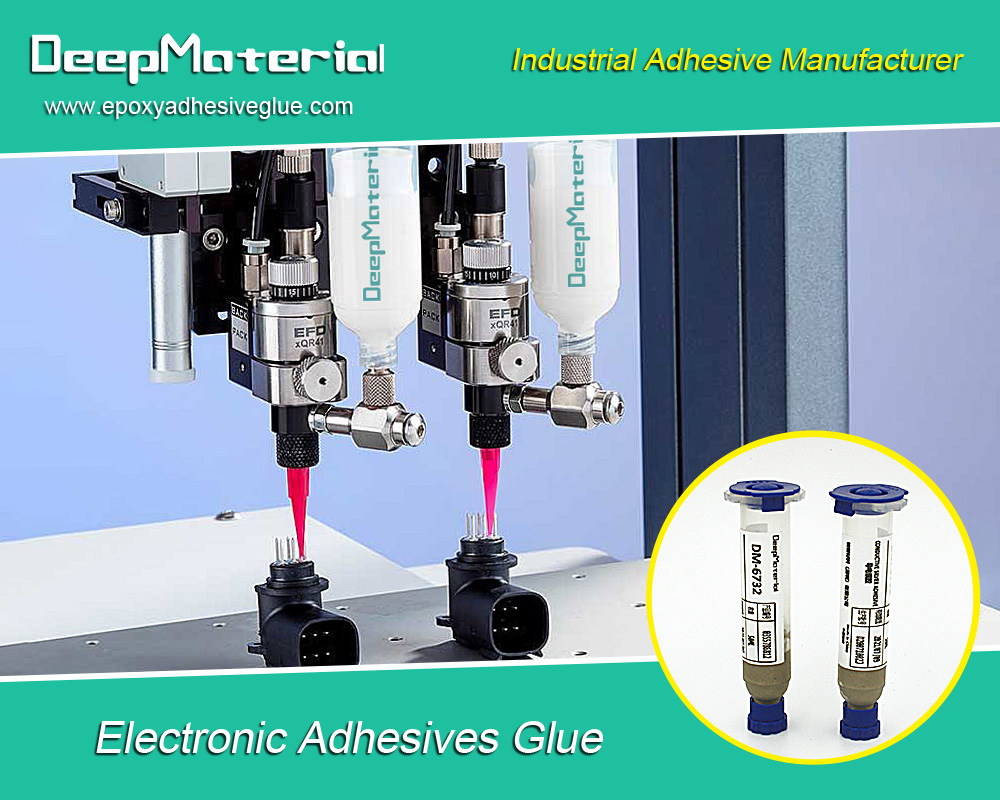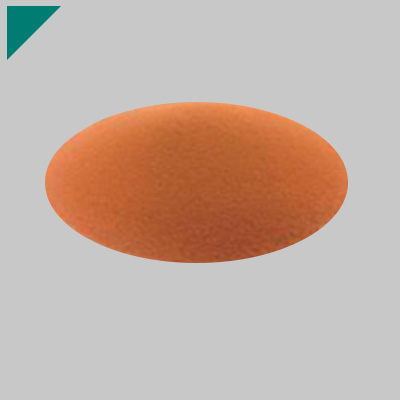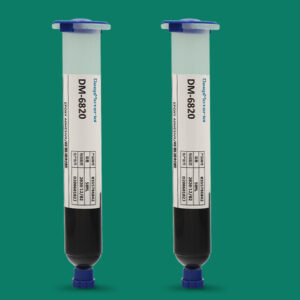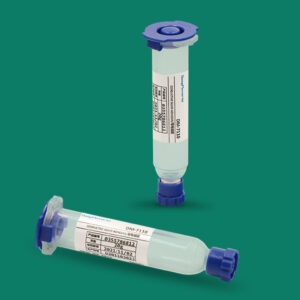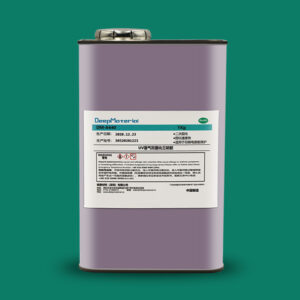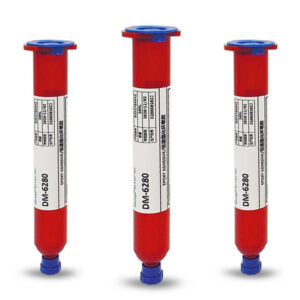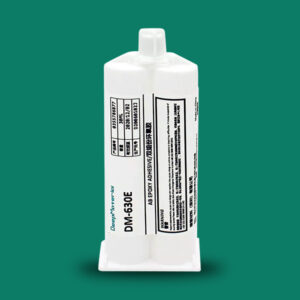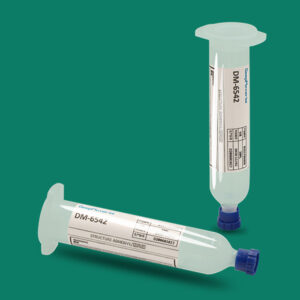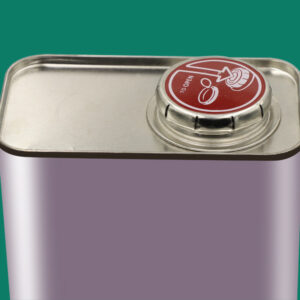Li-Ion Battery Fire Suppression: Techniques, Challenges, and Solutions
Li-Ion Battery Fire Suppression: Techniques, Challenges, and Solutions
Lithium-ion (Li-ion) batteries power many modern devices, from smartphones and laptops to electric vehicles (EVs) and renewable energy systems. Despite their widespread use, Li-ion batteries are susceptible to thermal runaway, leading to dangerous fires and explosions. As the demand for these batteries increases, adequate fire suppression solutions become more critical.
In this blog post, we will explore the importance of fire suppression in Li-ion battery systems, the challenges faced, and the emerging techniques and solutions designed to mitigate fire risks. We will also discuss best practices and safety measures that can be implemented to prevent and control battery fires in various environments.
Understanding Li-Ion Battery Fires
Li-ion batteries are known for their high energy density and efficiency, but these benefits come with inherent risks. When a Li-ion battery is damaged, improperly charged, or subjected to extreme conditions, it can undergo thermal runaway—a rapid increase in temperature that causes the release of flammable gases and leads to a fire. The unique chemical composition of Li-ion batteries can make these fires particularly challenging to extinguish.
Causes of Li-Ion Battery Fires
- Overcharging:Charging beyond the recommended voltage can cause the battery to overheat and enter a thermal runaway.
- Physical Damage:Punctures or impacts can disrupt the battery’s internal structure, resulting in short circuits or heat buildup.
- Manufacturing Defects:Faulty cells or poor-quality materials can cause the battery to fail prematurely.
- External Heat:Exposure to excessive heat can trigger a dangerous reaction inside the battery.
- Improper Storage:Storing Li-ion batteries in hot or humid environments can increase fire risk.
Consequences of Li-Ion Battery Fires
- Toxic Emissions:The fire can release poisonous gases like hydrogen fluoride, which pose serious health risks to individuals nearby.
- Damage to Property:Li-ion battery fires can destroy property, especially in confined spaces such as homes or vehicles.
- Risk of Explosion:In extreme cases, the buildup of gases within a damaged battery can cause an explosion, leading to widespread damage.
Challenges in Suppressing Li-Ion Battery Fires
Unlike traditional fires, Li-ion battery fires present unique challenges. These challenges stem from the battery’s high energy density and the complex chemical reactions involved in a fire. Here are some of the primary difficulties in suppressing Li-ion battery fires:
- Thermal Runaway:Once thermal runaway begins, the reaction can continue to escalate, making it difficult to control the fire. Standard firefighting techniques may not be effective in halting the process.
- High Temperatures:Li-ion batteries can reach temperatures of over 1,000°C (1,832°F) during a fire, making it nearly impossible to extinguish with water or traditional fire extinguishers.
- Reignition Risk:Even after a fire appears to be under control, there is a significant risk of reignition if the battery is not adequately cooled.
- Complexity of Detection:Identifying the source of a fire and determining the most appropriate suppression method can be difficult, especially when the battery is embedded in a device or vehicle.
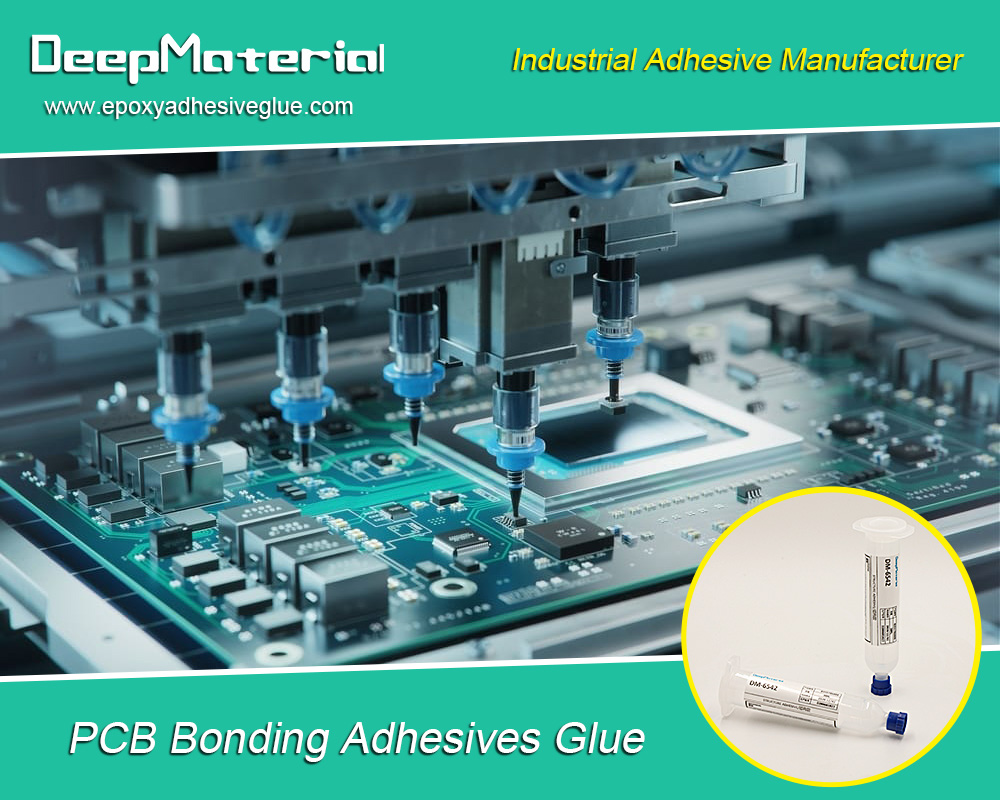
Fire Suppression Techniques for Li-Ion Batteries
Several techniques and strategies have been developed to address the unique risks posed by Li-ion battery fires. These methods aim to prevent thermal runaway, suppress the fire, and minimize damage to surrounding areas.
Water-based Suppression Systems
Water is typically ineffective for fighting Li-ion battery fires due to the risk of short-circuiting the battery or causing dangerous chemical reactions. However, water can be used in a controlled manner to cool the battery and prevent the fire from spreading.
- Flooding Systems:In large-scale applications, like energy storage facilities, flooding the area with water can help cool down the battery and prevent the fire from escalating.
- Water Mist Systems:Water mist systems use fine water droplets to cool the surrounding area and reduce the temperature. They are more effective in confined spaces.
Class D Fire Extinguishers
Class D fire extinguishers are designed to handle metal fires like those caused by Li-ion batteries. They contain a dry powder that can smother the fire and prevent further reaction.
- Advantages:Class D extinguishers are highly effective in suppressing battery fires and preventing reignition.
- Limitations:They require careful handling, as excessive powder use can damage the surrounding environment.
Foam-based Fire Suppression Systems
Specialized foam agents, such as Class A or B, can help suppress fires in battery packs. These foams create a barrier between the fire and the oxygen in the air, helping to smother the flames.
- Advantages:Foam-based suppression can effectively control a fire’s spread and reduce the reignition risk.
- Limitations:Foam may not be as effective in large-scale or high-energy scenarios, such as those in electric vehicles.
CO2 and Clean Agent Systems
Carbon dioxide (CO2) and clean agents, like FM-200 or NOVEC 1230, are used in fire suppression systems to displace oxygen and inhibit combustion. These agents are non-toxic and do not damage electronic equipment.
- Advantages:CO2 and clean agents can effectively suppress fires in confined spaces without causing collateral damage.
- Limitations:These systems are best used in areas with low human occupancy, as they can be dangerous to people if discharged in high concentrations.
Thermal Runaway Mitigation Systems
Thermal runaway mitigation systems are designed to detect early signs of battery failure and prevent fire escalation. These systems monitor the battery pack’s temperature, voltage, and internal pressure to identify potential issues before they become critical.
- Advantages:Early detection and intervention can prevent a fire from starting or mitigate its severity.
- Limitations:These systems can be costly and may not be foolproof in detecting every potential failure.
Best Practices for Li-Ion Battery Fire Prevention
In addition to fire suppression techniques, several preventive measures can be taken to reduce the risk of Li-ion battery fires. These practices are essential in ensuring the safety of users and facilities:
- Proper Storage:Store Li-ion batteries in cool, dry environments, away from direct sunlight and heat sources.
- Avoid Overcharging:Use chargers compatible with the battery’s specifications and avoid leaving devices plugged in for extended periods.
- Regular Inspections:Inspect batteries regularly for signs of damage, swelling, or leakage.
- Use Certified Batteries:Always use batteries from reputable manufacturers that meet safety standards.
- Training and Awareness:Ensure personnel handling Li-ion batteries are adequately trained in fire safety and emergency response.
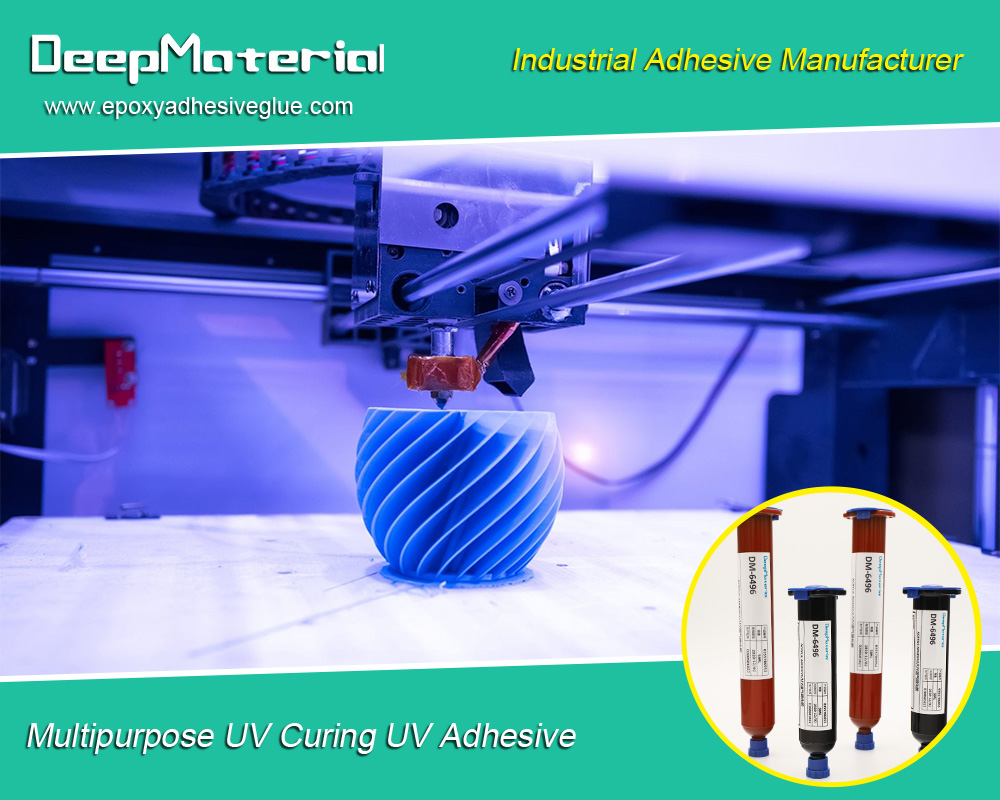
Conclusion
Li-ion battery fire suppression remains a critical area of concern as the use of these batteries continues to rise. While significant challenges exist in suppressing Li-ion battery fires, various techniques and technologies can mitigate the risks and enhance safety. Fire suppression systems such as water mist, Class D extinguishers, foam agents, CO2, and clean agents can effectively manage fires. Still, early detection and preventive measures are equally important in reducing the occurrence of fires in the first place.
For more about choosing the best li-ion battery fire suppression: techniques, challenges, and solutions, you can pay a visit to DeepMaterial at https://www.epoxyadhesiveglue.com/category/epoxy-adhesives-glue/ for more info.


